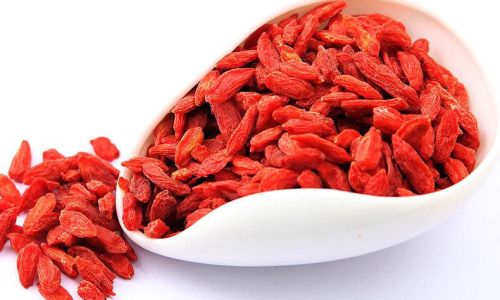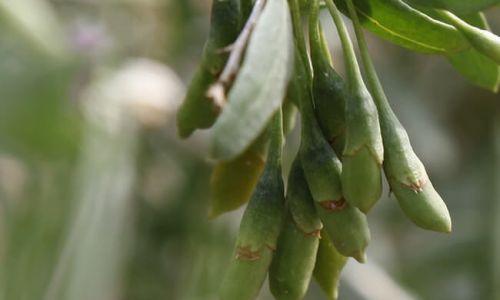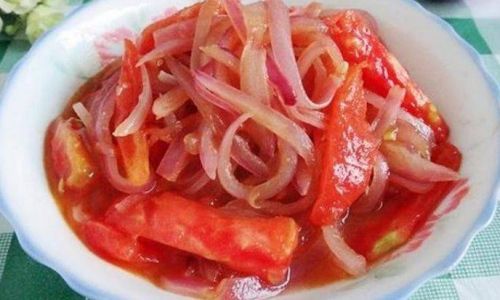Introduction
Goji berries, scientifically known as Lycium barbarum, are renowned for their nutritional benefits and medicinal properties. These tiny, red fruits have been a staple in traditional Chinese medicine for centuries, praised for their ability to enhance vitality, improve vision, and support overall health. Harvesting and processing goji berries correctly is crucial to preserve their nutritional value and ensure they retain their vibrant color and flavor. One of the most fundamental steps in this process is drying the freshly picked berries. This article provides a comprehensive guide on how to dry newly harvested goji berries effectively, ensuring they are ready for storage, consumption, or further processing.

Understanding the Importance of Drying
Drying freshly picked goji berries is not just about removing moisture; it’s a preservation technique that extends the shelf life of the berries while maintaining their quality. Moisture is a primary factor in promoting microbial growth and spoilage, so reducing it significantly slows down these processes. Proper drying also helps concentrate the berries’ natural sugars and nutrients, enhancing their taste and health benefits.
Preparation Before Drying
Before you begin the drying process, there are a few essential preparation steps:
-
Timing of Harvest: Harvest goji berries when they are fully ripe, typically in late summer to early autumn. Look for berries that are deep red in color, plump, and slightly soft to the touch. Avoid picking berries that are damaged, moldy, or overly mature as they won’t dry well and may spoil the batch.

-
Sorting and Cleaning: Once harvested, sort through the berries to remove any leaves, stems, or debris. Gently rinse them under cold running water to remove dirt and pests. Pat them dry with a clean cloth or let them air-dry briefly to avoid introducing extra moisture during the drying process.
-
Grading: For a more uniform drying process and final product, grade the berries by size. Larger berries may take longer to dry than smaller ones, so separating them can help ensure even drying.
Methods for Drying Freshly Picked Goji Berries
There are several methods to dry goji berries, each with its own set of advantages and considerations. Here are the most common:
-
Sun Drying

Sun drying is the traditional method and requires minimal equipment. Spread the berries in a single layer on clean, breathable surfaces like bamboo mats or mesh screens. Place these in direct sunlight, preferably in a location protected from wind and rain. Turn the berries occasionally to ensure even drying. This method can take several days depending on the weather, so patience is key. Sun-dried berries often retain a unique flavor and color.
-
Dehydrator Drying
Using a food dehydrator is a faster and more controlled way to dry goji berries. Set the dehydrator to a temperature between 35-40°C (95-105°F), which is optimal for preserving nutrients and color. Spread the berries in a single layer on the trays and follow the manufacturer’s instructions for drying time, usually around 12-24 hours. Dehydrators provide consistent heat and airflow, resulting in evenly dried berries.
-
Oven Drying
If you don’t have a dehydrator, you can use your oven on its lowest setting (usually around 150°F or 65°C) with the door slightly ajar to allow moisture to escape. Spread the berries in a single layer on baking sheets lined with parchment paper. Rotate the sheets halfway through to ensure even drying. Be cautious of over-drying, which can make the berries brittle and lose their flavor. Oven drying typically takes 6-12 hours.

-
Air Drying
Air drying involves using fans to circulate air around the berries, simulating the natural drying process indoors. This method requires more time and space but is suitable for those without access to sunlight or electric drying equipment. Hang the berries in small bunches or spread them thinly on racks. Use fans to blow air over them continuously, changing their position occasionally for even drying. Air drying can take several days to a week.
Post-Drying Considerations
Once the berries are fully dried, they should be brittle to the touch and have a deep, rich red color. Here’s what to do next:
-
Cooling: Allow the dried berries to cool completely before handling or storing. This helps prevent condensation, which can lead to mold growth.

-
Storage: Store the dried berries in airtight containers in a cool, dark place. Avoid exposure to direct sunlight and humidity, which can degrade their quality over time. For long-term storage, consider vacuum sealing or placing desiccant packets in the container to absorb any residual moisture.
-
Inspection: Regularly inspect stored berries for signs of mold, pests, or moisture. If any are found, discard the affected berries immediately to prevent contamination of the entire batch.
Conclusion
Drying freshly picked goji berries is a rewarding process that allows you to preserve the nutritional richness and flavor of these superfoods. Whether you choose sun drying, using a dehydrator, oven drying, or air drying, each method offers a unique way to achieve the desired result. With proper preparation, drying techniques, and storage practices, you can enjoy goji berries throughout the year, harnessing their full potential to support your health and well-being. Remember, patience and attention to detail are key to producing high-quality, dried goji berries that retain their natural beauty and nutritional value.






0 comments